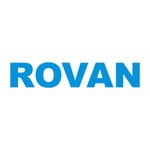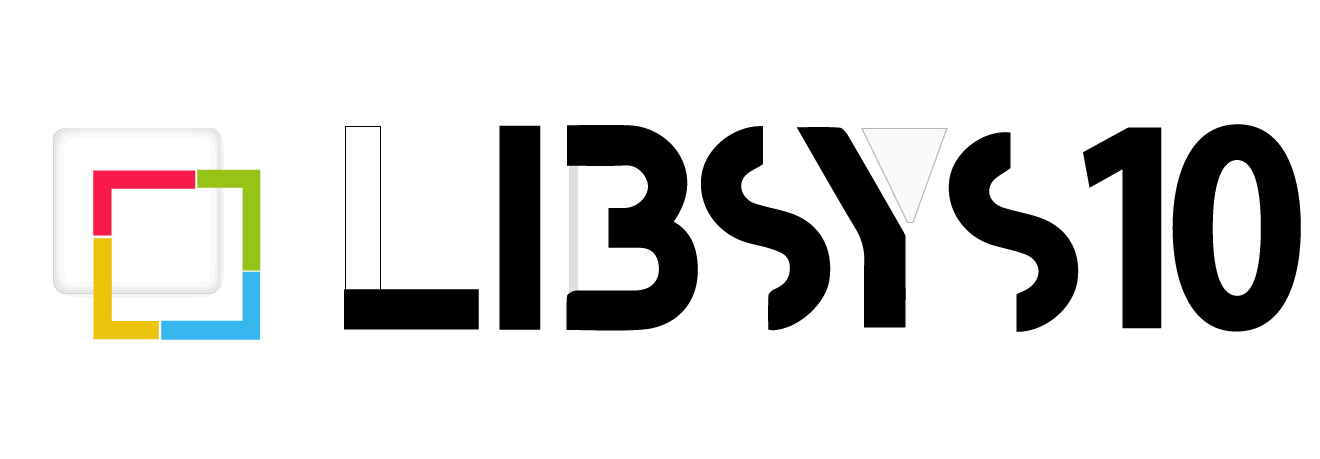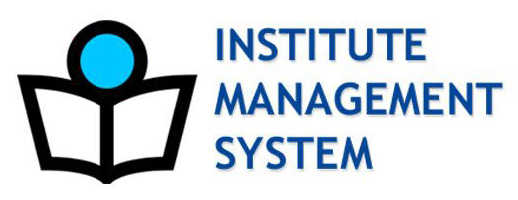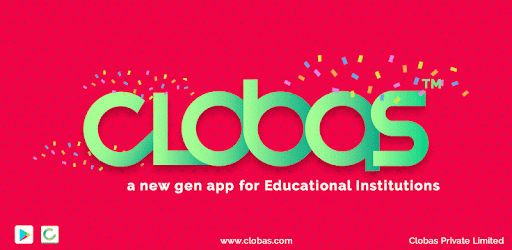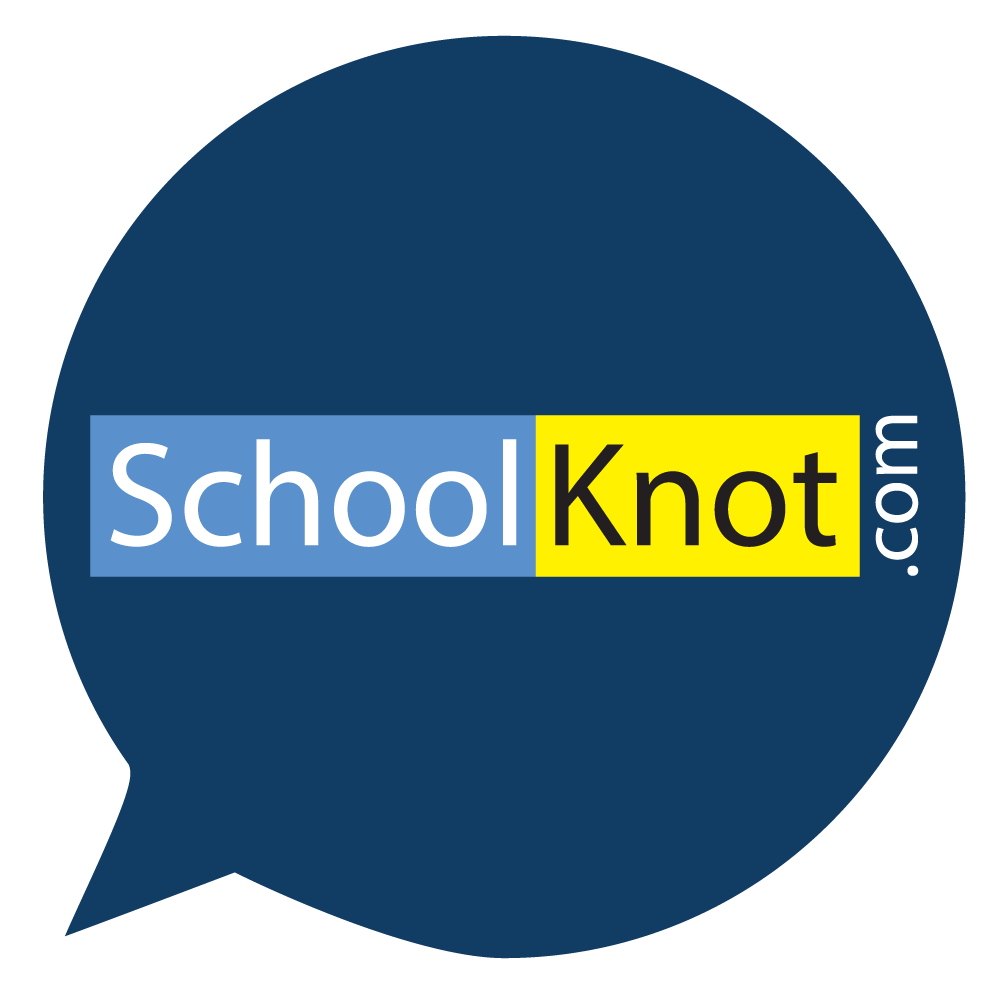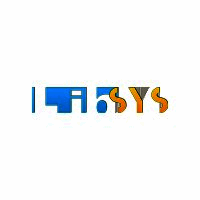What Is Library Management Software?
Library management software is a useful tool for streamlining and simplifying administrative processes associated with library management. It allows librarians and library personnel to easily organize, track, and access a variety of library resources, including books, DVDs, magazines, and electronic media, all from a single system. At its core, library management software functions as a digital catalog of a library's collection, allowing users to quickly search for and discover specific items within the library's holdings.
This saves time and effort for both staff and library visitors because physical searches through shelves and inventory lists are no longer required. In addition to cataloging, library management software provides a variety of capabilities to help enhance overall library operations. This incorporates automated circulation and loan management, which speed up the borrowing and returning procedure, as well as fine and fee tracking.
It also enables the efficient management of various library branches and consortia, making it an ideal alternative for bigger libraries. Furthermore, library management software frequently includes analytics and reporting tools to assist librarians in making educated decisions regarding collection development and resource allocation. It can also work with other library systems, such as online databases and resource sharing networks, to improve a library's services.
When evaluating the purchase of library management software, it is critical to analyze your library's individual objectives and goals, as well as the available features and customization choices provided by various software vendors. Finally, investing in library management software may significantly increase a library's functionality and efficiency, making it an invaluable tool for any library trying to update and optimize its operations.
What Are The Recent Trends In Library Management Software?
The field of library management software is always expanding and adapting to meet the changing needs of libraries. As technology evolves, libraries seek software solutions that not only assist them manage their physical collections, but also improve the user experience and give critical decision-making information.
Buyers of library management software should be aware of the following current trends:
1. Cloud-Based Solutions: As cloud technology becomes more widely adopted, library management software is increasingly shifting to the cloud. This facilitates accessibility, scalability, and cost-effectiveness for libraries of all sizes. Cloud-based solutions also integrate seamlessly with other library systems and support real-time upgrades and data backup.
2. Mobile Access: In today's digital world, people expect to be able to access information via their mobile devices. Library management software suppliers now provide mobile apps or mobile-optimized interfaces that enable users to search, borrow, and administer library materials from their smartphones or tablets.
3. User-Centric Features: Library management software is no longer just for managing physical holdings. It now has tailored suggestions, social media integration, and virtual communities to engage and empower users. This change toward user-centric features is intended to improve the overall user experience and increase patronage.
4. Data Analytics: Libraries are realizing the importance of data and using software solutions to collect, analyze, and use it for decision-making. Many library management software suppliers now include data analytics capabilities that provide useful information about library usage, resource popularity, and budget allocation.
5. Open Source Solutions: Open-source library management software has grown in favor in recent years due to its low cost and flexibility. As a result, many libraries are turning to open-source alternatives that enable modification and cooperation among a worldwide developer community.
Benefits Of Using Library Management Software
Library management software is an essential tool for modern libraries, providing a sophisticated and efficient means of managing their holdings and operations.
We'll look at the primary advantages of utilizing library management software, including how it may assist streamline operations and improve the overall experience for both library staff and patrons.
1. Centralized Collection Management: The fundamental function of library management software is to assist libraries in efficiently organizing and managing their collections. This software allows all library materials, including books, journals, videos, and digital resources, to be catalogued and tracked in a single system. This eliminates the need for manual tracking and lowers the risk of errors or duplicates. It also enables rapid and easy retrieval of things, making it easier for customers to find what they need.
2. Effective Circulation Management: One of the most time-consuming responsibilities for library workers is coordinating the item check-in and out process. This process is automated using library management software, which allows for speedier and more accurate circulation management. It can also handle various forms of library memberships and track fines and fees, making it easier for staff to administer and patrons to keep their accounts in good standing.
3. Inventory And Budget Management: Library management software also helps libraries keep track of their inventory and budget efficiently. With real-time alerts on item availability and location, employees can simply check and restock stock as needed. It also provides for more accurate budget planning because the program can track purchases and compute material costs.
4. Improved Patron Experience: One of the primary objectives of library management software is to improve the patron experience. Patrons can easily search and borrow materials because to features like online catalogs and self-checkout kiosks. The software can also send out automatic reminders about future due dates or hold requests, lowering the likelihood of late penalties and missing pickups.
5. Analysis And Reporting: Library management software gives useful information on library usage and trends. It can keep track of the number of things borrowed, the most popular checkout items, and other key data elements that help libraries make educated decisions. It can also provide reports on circulation numbers, overdue items, and other data that can be used to plan budgets and demonstrate the library's impact to stakeholders.
Important Factors To Consider While Purchasing Library Management Software?
When it comes to selecting library management software, several essential elements must be examined to guarantee that you are making the best decision for your library's needs.
Below, we've summarized the most critical considerations for buyers when considering potential software options.
1. Scalability: One of the most significant considerations is the software's scalability. As your collection develops and evolves, you'll need a system that can adapt and meet your changing requirements. Look for software that allows you to customize workflows, create flexible data structures, and add new modules and functionalities as needed.
2. User-Friendliness: A good library management software should be simple to use and comprehend, especially for staff with limited technical understanding. Consider using software with a familiar layout and straightforward navigation to enable a smooth transition for your employees. In addition, seek for software that provides full training and customer assistance to help with any queries or concerns that emerge.
3. Integration: Your library management software should work easily with existing systems and databases. This will save time and effort while also ensuring a more efficient flow of information. Before making a purchase, inquire about integration options and compatibility with your existing systems.
4. Accessibility: With the advent of remote work and online resources, it is critical to select software that is accessible from a variety of devices and places. Look for cloud-based services that can be accessed from any location with an internet connection. This will also make it easier for librarians and users to access and manage library materials.
5. Features And Functions: Because each library has distinct requirements, it is critical to thoroughly compare the features and functions provided by various software solutions. Consider your library's specific needs, such as circulation management, cataloging, and user administration, and look for software that includes these features as well as any other relevant functions.
6. Security And Data Protection: Libraries handle sensitive information, thus security and data protection are high priorities. Look for software that includes robust encryption, regular backups, and rigorous access controls to secure your library's data and patron privacy.
7. Cost: While it may be tempting to select the cheapest solution, weigh the long-term costs and benefits of various software options. Some software may have inexpensive initial costs but require costly add-ons or upgrades in the future.
When making a decision, consider the overall cost of ownership as well as potential time and efficiency savings. By carefully examining these elements and conducting extensive research on various software solutions, you can ensure that you select library management software that will satisfy your library's demands while also promoting its growth and success.
What Are The Key Features To Look For In Library Management Software?
When looking for the best Library Management Software, there are several crucial characteristics to consider that can help your library run more efficiently and productively. We have created a simple, clear, and instructive list of must-have features for any buyer considering investing in this type of software.
Keep these in mind as you make an informed decision and choose the greatest fit for your library.
1. Comprehensive Cataloging System: Every Library Management Software should include a comprehensive cataloging system. It enables you to efficiently manage your library's collections by categorizing them, assigning unique identities, and monitoring circulation and availability.
2. User-Friendly Interface: Having a user-friendly interface is essential since it allows for easy navigation and task management for both librarians and customers. Look for software with a clean and straightforward interface that allows users to easily browse for books, verify availability, and place requests.
3. Adjustable Search Options: The software should include adjustable search options so that users may quickly find the desired book and its availability. These options may include title, author, ISBN, keywords, and filters such as genre, language, or publication date.
4. Automated Alerts: One of the most useful aspects of Library Management Software is automated alerts. These can take the form of email or SMS alerts informing patrons of their due dates, reservation updates, or any new library additions.
5. Multi-Platform Accessibility: In today's digital world, software must be accessible across various platforms, including desktop, mobile, and online. This enables customers to access the library catalog and manage their accounts from anywhere and at any time.
6. Data Management And Reporting: The software should have strong data management capabilities that enable librarians to monitor and analyze library usage and performance. Look for software with customisable reporting tools that allow you to easily generate reports on circulation, inventory, and financial data.
7. Integration With Other Systems: To simplify operations, search for software that can work with other systems like student information systems, learning management systems, or digital content platforms. This facilitates data sharing and streamlines processes across departments
8. Security And Privacy: With increasing concerns about data privacy, it is critical to select software that prioritizes security and secrecy. To maintain the security of your library's data, look for software that includes features such as data encryption, role-based access, and regular backups. With these essential aspects in mind, you can pick the Library Management Software that best suits your library's specific needs. Take the time to properly investigate and analyze several choices before making an informed selection that will benefit both librarians and patrons in the long run.
Why Do Businesses Need Library Management Software?
Libraries have evolved into more than just physical spaces for storing books in the digital age. Libraries have evolved into a hub for knowledge transmission as the need for information and resources has increased. However, as the number of customers and items grows, it has become increasingly difficult for businesses to manage and arrange their library operations properly. Here is when library management software comes in handy. Library management software is a powerful tool that simplifies and automates a variety of library management tasks, including cataloging, circulation, inventory management, and more. It improves not only a library's overall workflow and productivity, but also the patron experience.
Below are some convincing reasons why organizations want library management software:
1. Efficient Resource Management: Manually managing a vast collection of books, journals, and other resources can be time-consuming and error-prone. Library management software enables organizations to effectively manage their resources, such as book procurement, circulation, and reservations. This guarantees that all resources are easily accessed and available when needed.
2. Improved Patron Experience: With library management software, customers can simply search for and obtain the resources they require, make reservations, and keep track of their borrowing history. This enables organizations to create a seamless and convenient experience for their customers, resulting in improved satisfaction and retention rates.
3. Automatic Cataloging: Organizing and cataloging materials can be time-consuming, particularly when done manually. Library management software automates the cataloguing process, making it faster and more accurate. This not only saves time, but also guarantees that all goods are appropriately classified, making it easier for customers to discover what they need.
4. Real-Time Tracking And Reporting: Library management software gives firms real-time information about the availability and status of resources. It also creates thorough statistics on borrowing trends, popular materials, and overdue items, allowing you to make data-driven decisions about future resource allocation.
5. Improved Security And Privacy: Library management software allows businesses to maintain the security and privacy of their patrons' information. The software uses password-protected accounts, data encryption, and access controls to guarantee that only authorized users have access to sensitive information.
How Much Time Is Required To Implement Library Management Software?
The time necessary to establish library management software varies according to the library's individual needs and requirements. However, it often takes three to six months to properly build and integrate the program into an existing library system. During this period, the library staff will need to collaborate closely with the software vendor to configure the system, import data, and tailor functionality to their specific requirements.
This may also include staff training sessions to ensure their comfort and proficiency with the program. The size of the library and the complexity of its collections will also influence the implementation time. Larger libraries with significant collections and various branches may require more time to completely integrate the program. Smaller libraries with simpler systems may be able to complete the implementation process more quickly.
Libraries must carefully plan and prepare for the implementation process to guarantee a seamless and effective transition. This may entail doing a needs assessment, developing a timeframe, and allocating committed resources for the implementation process. It is also worth noting that the implementation process does not end when the software is up and running. Ongoing maintenance, upgrades, and support will be required to guarantee that the program meets the library's evolving demands. As a result, it is critical to select a respectable and trustworthy software vendor that provides good customer service.
What Is The Level Of Customization Available In Library Management Software?
The level of flexibility offered in library management software varies by product and vendor. However, most library management software allows for extensive customization to fit the specific demands of individual libraries. First and foremost, library management software enables libraries to tailor their catalog and search choices to their individual collections and classification systems.
This implies that libraries may customize the software to meet their existing organizational techniques, making it simple for staff and patrons to navigate and locate materials. Furthermore, many library management systems allow for the customisation of user permissions and roles. Libraries can regulate who has access to specific features and operations of the software, protecting data security and privacy.
Customization also plays an important part in reporting and analytics. Libraries can utilize library management software to generate customized reports that track data and evaluate trends relevant to their operations and user demographics. This level of flexibility enables libraries to make data-driven decisions that enhance services and operations. Furthermore, some library management software has the ability to interact with third-party tools and systems. This means that libraries can tailor the program to integrate with other platforms they employ, such as digital collections, databases, and e-resources.
Which Industries Can Benefit The Most From Library Management Software?
Library management software is an effective tool that can help a variety of sectors and organizations. This program is not confined to traditional libraries and may be used in a variety of environments including schools, offices, government agencies, and hospitals. Library management software may greatly assist academic institutions of all sizes. This program, which can manage enormous collections of books, journals, and digital resources, accelerates the cataloguing, circulation, and inventory management operations.
It also includes automated overdue reminders and online access to materials, making it an indispensable tool for universities, colleges, and schools. Public libraries, such as municipal, county, and state libraries, can also benefit from using library management software. With a broad collection of resources and a high volume of daily users, these libraries demand effective collection and service administration.
This program allows them to quickly track and control circulation, monitor borrowing habits, and generate reports for data analysis. Law libraries, medical libraries, and business libraries can all benefit from library management software. These libraries frequently have unique holdings that necessitate the use of specialist cataloging and resource management technologies.
With customizable features and integration possibilities, this program may be adapted to match the unique requirements of these libraries. Government institutions and organizations, such as archives and museums, can also benefit immensely from library management software. These institutions house important historical records and artifacts that must be carefully catalogued and preserved.
This program allows these collections to be readily managed, accessed, and shared with the public. Finally, hospital and healthcare facilities might benefit from library management software. With the ongoing influx of medical research and literature, this software can help healthcare practitioners organize and access information more efficiently, hence improving patient care quality.
Conclusion
Finally, choosing the appropriate library management software for your school is a critical decision that must be carefully considered. Understanding your organization's specific demands and assessing the features and capabilities provided by various software solutions allows you to make an informed decision that will streamline your library operations and improve user experience.
Ensure that the software you choose includes vital features such as cataloging, circulation, and reporting, as well as configurable choices to meet your specific needs. Consider the software's pricing, support services, and scalability when selecting a long-term and cost-effective option for your library. Furthermore, don't forget usability and interoperability with other systems and devices.
Training and implementation should also be considered to guarantee a smooth transition. With this buyer's guide, we hope you now have a better knowledge of the essential criteria to consider when selecting library management software. By following these recommendations, you may make an informed decision that will satisfy your library's present and future needs, thereby boosting efficiency, accessibility, and satisfaction for both staff and users.



